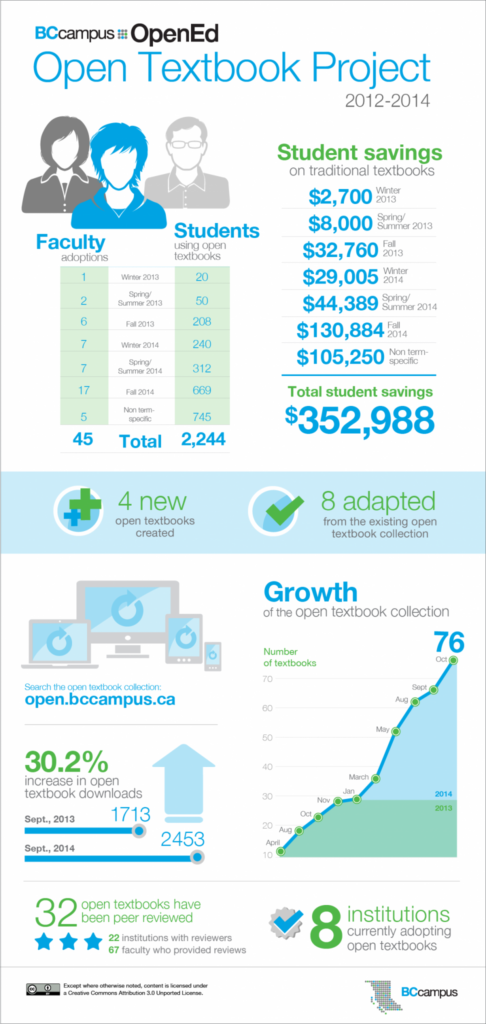Open textbooks are transforming today’s educational landscape by making learning more accessible an sharable. How can we use open textbooks for teaching and learning?
Equity via Open Licensing: By providing free access to high-quality educational resources, open textbooks promote educational equity, ensuring that all students, regardless of their financial situation, have access to the materials they need for their studies at the cost of an internet connection. Creative Commons licenses allow users to freely use, share, and adapt OER content while respecting the authors’ rights.
Cost Savings and Sustainability: Replacing traditional textbooks with digital OERs provides financial relief to students and educational institutions. The use of OER contributes to the effective use of non-renewable resources, minimizing the environmental impact of textbook production. This can make education more affordable and accessible to a global audience.
Adaptability and Rapid Customization: Transparent rules facilitate the customization and dissemination of OER. Instructors can modify OER to better align with their teaching objectives and the learning needs of their students.
Collaborative Development and Quality Assurance: The creation of OER often involves collaboration among educators, authors, and institutions. Peer reviews, timely updates, and feedback from users help maintain high standards and keep the content relevant and accurate.
- BCcampus OpenEd
- eCampusOntario Open Library
- OpenEd Manitoba
- AtlanticOER
- First Nations-Data-Centre and Online Library
- Open Educational Resources – Vancouver Community College
Practice:
This activity invites you to practice selecting and evaluating Open Educational Resources (OER), especially open textbooks: to to find exactly what resources meet your teaching goals along with promoting equity and inclusion for all students.
1. Think about a digital educational setting in which you teach or have learned.
2. Outline one pedagogical goal and the available access options in your setting or subject area.
2. Explore Canadian OER Repositories and find an Open Resource on your subject. Identify one OER resource which fits your pedagogical goal. Review whether the resource is accessible for all learners of different abilities.
3. Select one OER resource to support your pedagogical goal and share a reference on this resource, include information about: original author(s), title, publishing year, and hosting place. Add as a comment below
Resources
- Environmental Science: A Canadian Perspective – contains interactive exercises if using the digital version
- Canadian History Pre-Confederation – contains glossaries, key terms, exercises
- Introduction to Sociology – includes section review quizzes
- Pulling Together: Foundations Guide – part of a series of guides to support systemic change in BC higher ed in the areas of Indigenization, decolonization, and reconciliation. It contains activities and knowledge checks and accessibility features.
Open Education Networks

Leave a Reply